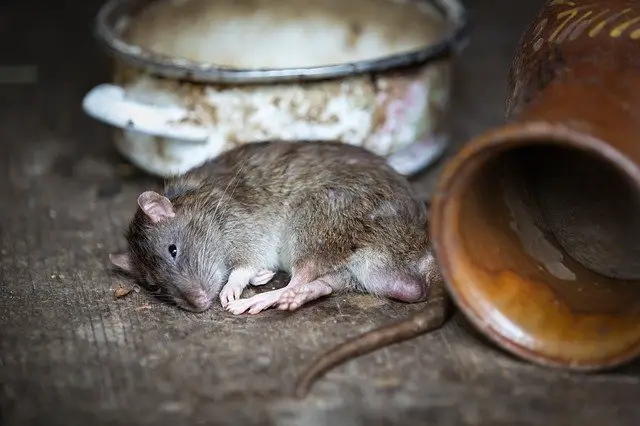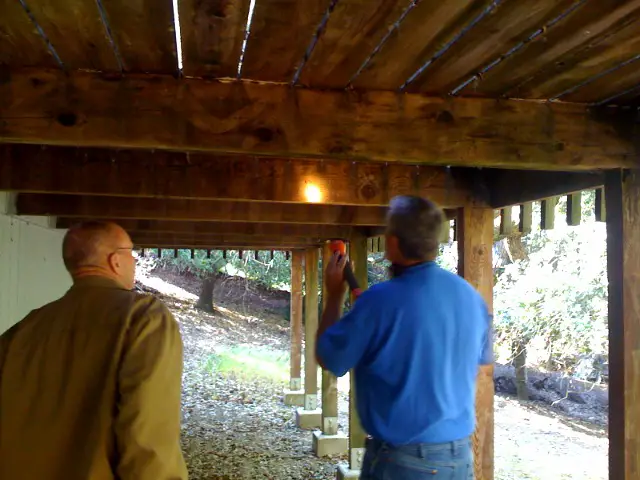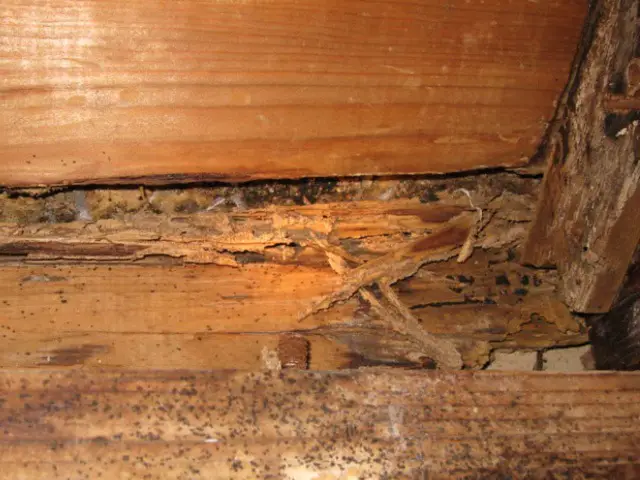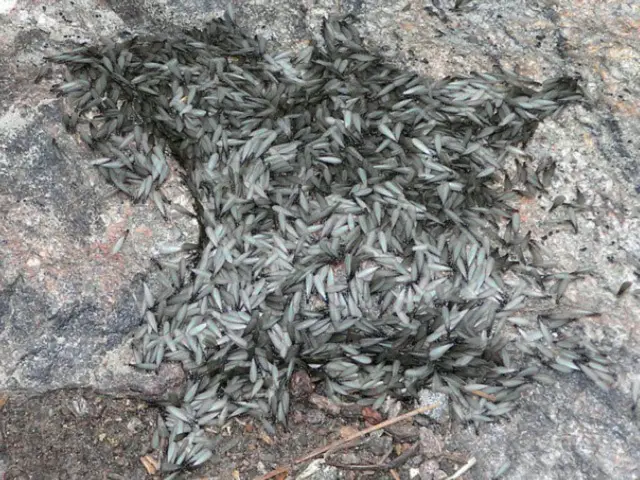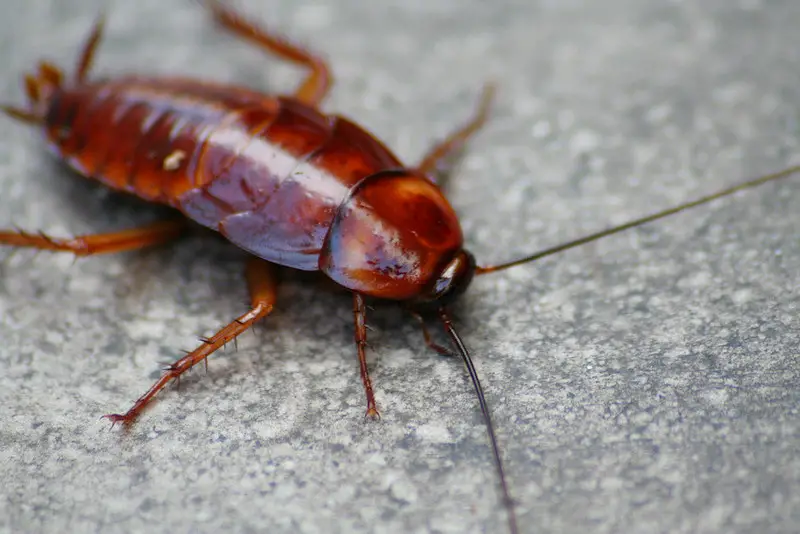Humane rat traps work and are becoming a popular pest control option recently. They offer an efficient and humane way for people to get rid of rats. Live or humane traps are a popular choice for many people who prefer not to kill rats and mice and want to remove them from their homes or property. A humane rat trap is a specially constructed cage that snaps shut with a trigger that tips the rodent into an unavoidable container or bucket.
Do humane rat traps work?
The main purpose of a humane rat trap is to capture and keep the rodent away from harm in any way. Most live rat traps are also used for other small rodents such as weasels, chipmunks, gophers and similar large creatures.
Related posts:
- How to catch a rat in the house fast?
- How To Catch A Rat Without Killing It?
- How to Kill Gophers with Bleach and Ammonia?
A snap trap is a trap that is released from a cage using bait to lure rodents into the cage through a mechanism that triggers when the door of the cage is closed. When an animal enters a rat cage, the trap is moved with food or bait (not poison), and the trapping mechanism is triggered by closing the door at the entry point.
Once the trap is reset, it is back in the trap and ready to take care of the next rat or mouse. Some rat traps use a CO2-powered shot to kill the rat or mouse and reset the trap. Rats and mice are attracted by rat baits developed by specialists in bio-attractants.
A snapping trap breaks the rats “necks, while an electric trap delivers a deadly shock to the rodent and kills it instantly. This non-lethal type of trap is the most humane way to deal with the rat problem. Snapping traps do not always work as intended, as they can injure the rodent and force it to a long and agonizing death.
How do you humanely get rid of rats?
If you have rats in your home, it is possible to get rid of them without killing them.
Here are humane yet effective ways to humanely get rid of rats:
Use natural or homemade rat repellent
Rats have a strong sense of smell, and you can use that to your advantage to get rid of them. Try these natural rat repellent options:
Essential oils are some of the most effective rat repellents. Rats hate the aroma of peppermint oil, cayenne, pepper, and cloves. So purchase or make any of these essential oils, soak some cotton balls in them, and place them anywhere you’ve had problems with rats – like under appliances or in the backs of cabinets. Of course, toothpaste, vinegar, and bleach would work too.
Alternatively, you make a mixture of water and apple cider. Apply the mixture using a spray bottle. Spray the apple cider mixture around rat-prone areas of your home. Also, spray all indoor access points. For best results, reapply any natural rat deterrent you use weekly.
Fabric softener sheets make for a simple yet effective rat repellent. You can stuff fabric softener sheets into entry points to stop rat traffic instantly.
Pros: Natural or homemade rat repellents are inexpensive, generally safe for kids and pets, effective and humane.
Cons: For rat repellents to work, you need to regularly reapply them. Also, repellents will not get rid of large existing rat populations. Think of a repellent as a preventative pest control measure.
Get rid of rats with a cat
Cats are some of the most effective rat deterrents in the world. If you aren’t allergic and want to adopt a cat, you might just solve your rat problem. A cat or multiple cats are sure to keep a rat population down. Even if you don’t want a cat in your house, you could still experiment with some kitty litter. Place some kitty litter in small tubs at the entry points of your home. Rats hate the smell of cat urine. Upon smelling it, rats may vacate the premises.
If you don’t want to handle cat urine, you could just buy some pure ammonia. Ammonia is another smell rats hate. It’s sure to deter rats. Leave ammonia-soaked cotton balls in places the rats like to frequent.
Pros: A cat may be an effective way to get rid of rats if you don’t mind their company.
Cons: Not everyone wants to have a cat in the home. And some apartments may not allow cats, so it’s not a feasible pest control measure for some.
How do I get rid of rats without killing them?
Use sound to get rid of rats
Ultrasonic units can be effective at keeping rats out of your home. Sound rat deterrents are non-toxic and safe for children, pets and other animals. Because not all of them are very effective, make sure to read customer reviews before you buy a sound repellent. Once you have decided which one to purchase, place it where you’ve noticed rat activity in your house.
Pros: An ultrasound rat repellent is an effective deterrent. It requires zero maintenance, and it is a humane pest control measure. If you want a clean and easy pest control solution, you will love a plug and repel sound repellent.
Cons: Some people dislike the aesthetics of ultrasound rat repellents. Some people believe sound repellents may interfere with phone and home alarm systems. In addition, the sound emitted from these devices may cause discomfort for your pets.
Get rid of rat nesting materials
Ensure rats won’t find soft nesting materials by storing all fabric, rugs, and blankets in heavy-duty plastic storage bins. Keep in mind that rats will also chew up plastic, cardboard, or paper to make nests. So it’s smart to dispose of your recycling fast.
It’s critical to keep the outside of your house neat. Remove tree branches and foliage within six feet of the foundation of your house. Keep your home free of trash.
Pros: If you keep your clothes protects, rats won’t chew on them.
Cons: It’s a lot of work to keep your home tidy inside and out all the time. Sometimes even tidy homes can attract rats.
Keep food sources out of rats’ reach
Rats don’t need a lot of food to feel welcomed in your home. They consume a small amount of food each day. If you want to get rid of rats in your home:
Remove easy food sources. Make sure there is no easy access to pet food or grains. Keep food secure in metal or glass containers since rats cannot chew through them.
To avoid attracting rats to your home, seal potential food sources in tamper-proof bins. Don’t leave pet food out overnight, and immediately clean up all spills and messes.
Pros: Removing easy food sources is an affordable and humane way to get rid of rats.
Cons: Storing possible food sources in a rat-safe manner can be time-consuming. It requires constant vigilance, which can be labor-intensive. What’s worse, all of your efforts could be in vain since this form of pest control is not 100% effective.
Seal entry points to keep rats out
As the temperature dips, rats will try to make their way inside your home. Block their entry using weather-stripping or caulk to seal tiny holes in your siding, doorways and foundation. Fill vent openings with steel wool to keep rats out without restricting airflow.
Pros: Saling entry points is a humane, eco-friendly, humane, kid-safe way to get rid of rats.
Cons: Unfortunately, to rat-proof your house is a labor-intensive project. What’s worse is it is a never-ending task because all of it must be regularly checked and maintained.
What is the most humane rat trap?
Live traps can get rid of rats without poison and without harming pets. These traps catch rats in a large box that allows them to get in but not out. Once you’ve caught a rat, be sure to release it fast. If you don’t release the rat fast, it might kill it. Make sure to release the rat no less than a mile from your house. Otherwise, the rat may return.
Pros: Life rat traps and effective and humane.
Cons: Live rats should be checked several times a day. You need to set bait, check and empty your rat traps often.
There are several ways to capture rodents, some of which are more effective than others. Learn about the four basic types of rat traps – snapping, glue, live animals and electronics – and determine which type is best suited to your rodent problem. Snapping traps come in different shapes and sizes, but they all have a spring-loaded arm that snaps when the rat takes the bait.
It is recommended to place the trap in a tunnel or at the end of a funnel formed with the appropriate strong material to guide the rodent into the trap. The trap should be well ventilated so that the rat does not suffocate within a few hours. Multi-rat traps invented over 100 years ago work best when you have a large number of rodents in your home.
Rat traps are a great way to take rodents from your property without killing them. Once caught, make sure you release the rat into the appropriate environment. If rodents overrun your home and you don’t want to resort to a rodent massacre, a humane rat trap is the best way to tackle the problem.
Electronic traps are the fastest, safest, most commonly used and most humane method of killing rats. These traps are simple and easy to use, they are deadly reliable, and rats are not caught because I distrust them and always catch them in advance. I have caught many mice in my four traps, but rats are wary of smart traps.
I realized that I needed a heavier trap, and so I bought a large metal net trap for a larger animal and put it in my rat cave. It took at least a couple of weeks to catch a rat in this trap, and I released it about 6 miles downstream.
Make sure you use a good, humane mousetrap bait to lure the rat into the trap. Place a piece of cardboard on the back of the trap and place it on a wall in an area occupied by rats – a place where you saw feces in the past. Use rat traps with rodent baits that do not allow the possibility of food contamination.
Rats prefer to be confined in a safe place, so use a bait station instead of a snap trap. A ward houses the rats, encourages them to enter, and protects non-targeted animals and children with snapping traps from harm.
If two or three dozen rat traps are attracted to provoke the rat attractors that lure professional pest controllers into peanut butter and unerected traps for a large population, these traps can be fed. Once set up, the acclimatized rats adapt to the traps and set enough traps to kill a large proportion of the population before the rodents become timid of the traps. This method is known as mass trapping and traps rodents quicker than when they reproduce and are afraid of being caught.
Rats in spring traps are not as sensitive to the bait as spring mice. Rats and mice eat the bait of many mouse traps without triggering many rat traps, and the mice light up without triggering one of the traps. Rats eat all the baits on their bodies as long as they can reach the mice.
Wired mouse traps allow fresh air to flow through the sides, eliminating the rat’s risk of suffocating in the trap. Traditional traps, such as cat and rat snapping traps, are set by hand or foot, so there is no need to stick your fingers in harmful ways.
It is recommended to use a reliable and well-designed trap to ensure that the trap is released and reset when an animal enters the trapping area. This allows you to use the trap for months without having to reset or re-bait the trap, giving the rat time to feel comfortable in the presence of the traps, allowing you to exterminate an entire family of rodents.
